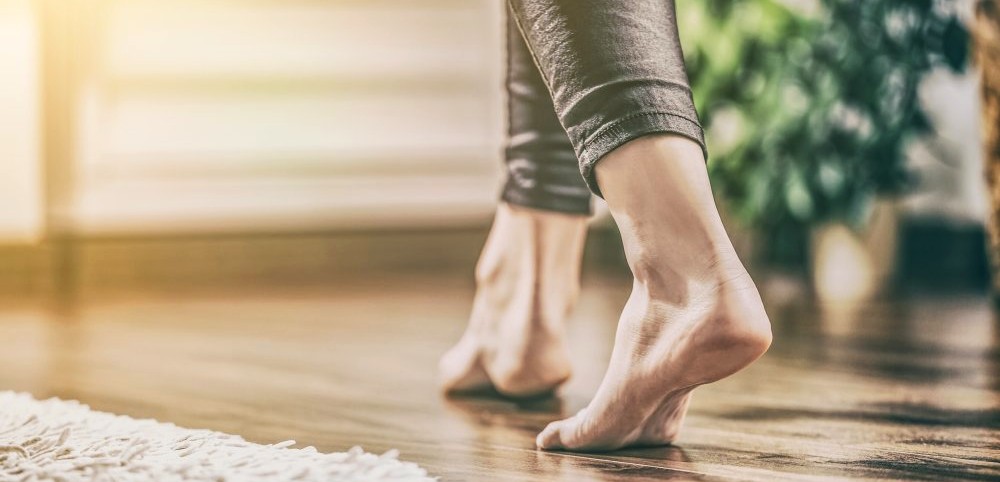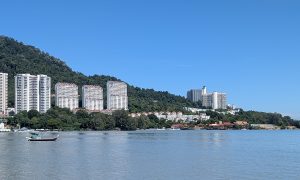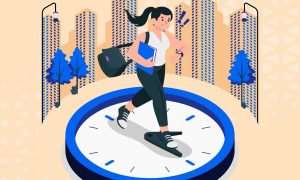Most people in tropical Malaysia would never think of wearing shoes inside the home, both for cultural and comfort-related reasons… but is that what’s best for foot health?
If you grew up in a cold-weather country, it’s likely you spent at least part of the year wearing socks inside your home. And for many non-Asians, even wearing shoes inside while at home is perfectly acceptable. But here in Malaysia, where it’s warm year-round and where shoes are virtually always left at the front door, being barefoot at home is both practical and culturally mandated.
But does going barefoot at home ultimately lead to better foot health?
Though there are naturally supporters and detractors on both sides of the question, at least according to a recent article on HuffPost, the general answer is “yes” – or at least a qualified “yes.”
When you walk in the door and kick off your shoes here in Malaysia, it isn’t just what usually feels comfortable; doctors say there can be some actual benefits, too – with a few caveats (of course).
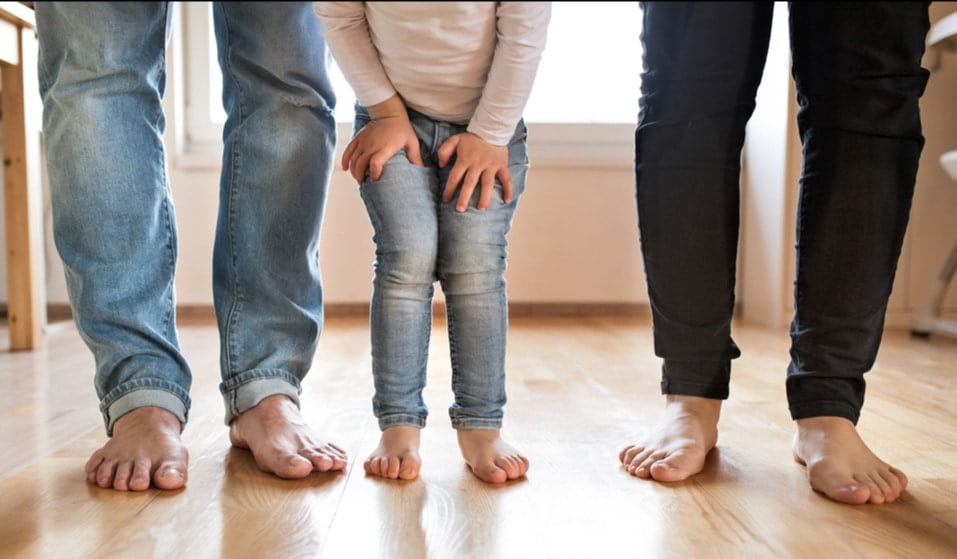
FIRST, WHAT IS CONSIDERED BAREFOOT?
According to the Cambridge Dictionary – and experts ranging from podiatrists to dermatologists – walking barefoot means, as you might guess, having no shoes or socks on. (Bare feet; it’s literally in the word itself.) You wouldn’t think it would require any definition, but when it comes to the finer points of foot health, it seems the exact meaning matters.
“Barefoot is skin to ground,” explained licensed clinical podiatrist Dr. Robert Conenello. “Anything else is considered to be shod, as even socks alter the mechanics of movement.”
BENEFITS OF GOING BAREFOOT AT HOME
“I’m a big advocate for going barefoot at home,” Conenello said. “[The practice] increases intrinsic muscular strength within the feet.”
He explained that walking barefoot strengthens the foot muscles, which tend to weaken as we age and wear shoes. These muscles are essential for overall mobility, and their decline can lead to reduced movement as we get older.
“Many of the pathologies that I see in my practice are due to the inability to engage these muscles for normal movements and metabolic efficiency,” Conenello added.
Dermatologist Dr. Hannah Kopelman echoed this view, noting that going barefoot at home offers some perhaps unexpected benefits for the skin on your feet.
“Walking barefoot at home … allows your skin to breathe, which can help prevent moisture buildup and reduce the risk of fungal infections like athlete’s foot,” she said.

Walking barefoot can also have sensory and wellness benefits. “Feeling the texture of different surfaces underfoot can be grounding and relaxing, almost like a mini-reflexology session,” Kopelman noted. “For those without underlying skin or foot conditions, this can be a natural way to connect with your environment and promote mindfulness.”
So there you have it: going barefoot in your clean home can strengthen your feet, reduce the risk of skin issues, and even provide a relaxing, natural massage (though we probably have to question that last point at least a little bit, unless you have special tiles in your home).
POTENTIAL DOWNSIDES
One downside of walking barefoot indoors is the risk of exposure to irritants or allergens like dust, pet dander, or cleaning chemicals, according to Kopelman. For most people, this won’t be an issue, but for individuals with sensitive skin or chronic conditions like contact dermatitis or eczema, it could be problematic.
Conenello acknowledged similar risks, including exposure to pathogens like fungi in moist environments. However, he emphasized that “proper hygiene can help mitigate these risks.” And as intuitive as it might seem, simply washing and drying your feet well is a big step (no pun intended) towards good foot hygiene.
Other risks include slipping on wet surfaces or stepping on sharp objects. Those with diabetes or poor circulation are particularly vulnerable, as even minor injuries can lead to serious complications.
Kopelman also cautioned that walking barefoot on hard surfaces over time could potentially cause foot fatigue or plantar fasciitis, an inflammation of the tissue connecting the heel to the toes.
“The lack of cushioning can put stress on the joints, especially in those who already have foot or joint issues,” she said.
Walking barefoot at home could present some downsides if you are older, too. Podiatrist Nelya Lobkva noted in an interview with Yahoo Lifestyle that after women pass the age of about 50 or so, “they lose the fat pad in the ball of the foot, diminishing the cushioning.” That change ultimately lowers the foot’s ability to protect the knees, hips, and lower back.
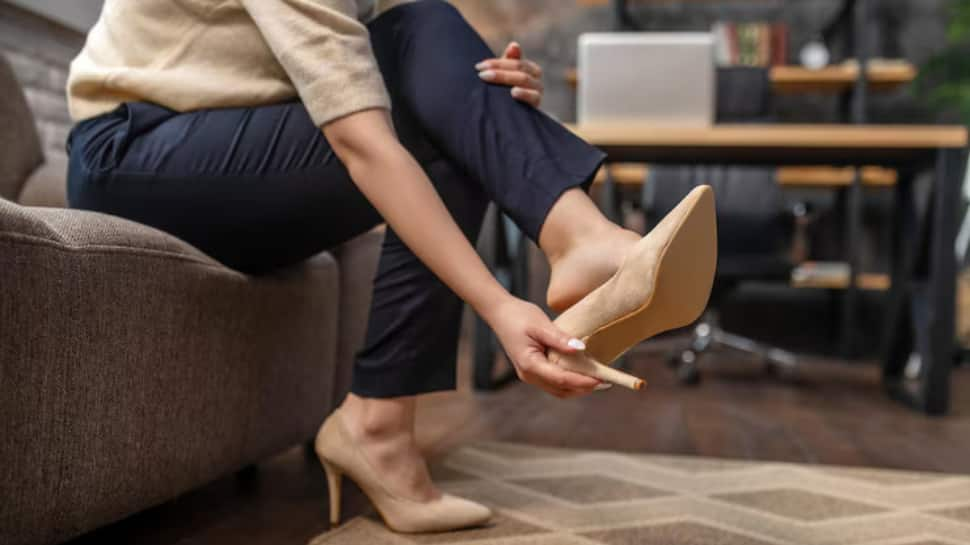
WHEN TO WEAR SHOES OR SOCKS
While Conenello supports barefoot walking, he advises wearing supportive footwear for tasks requiring extended periods of standing, such as particularly lengthy cooking sessions.
“When standing for long periods barefoot, there can be excessive load to one area of the foot,” he said. Even professional chefs often benefit from shoes that distribute weight evenly.
At home, socks can also provide a middle ground. “There is nothing wrong with wearing socks,” Conenello said, though noting that they reduce some benefits of being barefoot by creating a barrier between the foot and the floor.
Kopelman added that socks offer “minimal protection from minor abrasions or allergens while still allowing your feet to feel relatively free.” They can also reduce direct contact with surfaces that might harbour bacteria or irritants.
House slippers are quite a popular choice, as well, functionally offering some of the benefits of a shoe, but with the ease and comfort of socks.
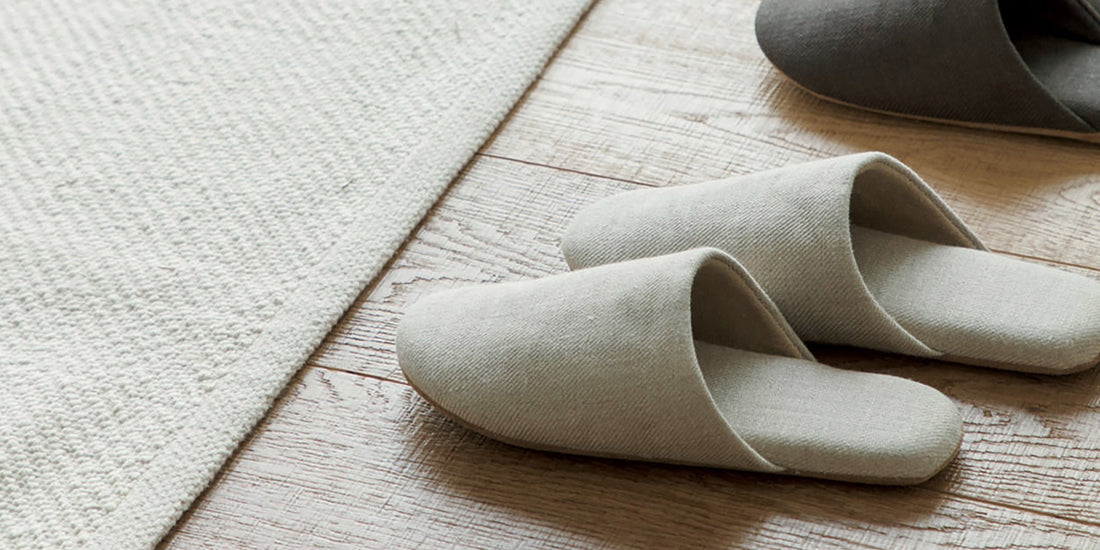
THE FINAL WORD
It certainly sounds like those of us living in Malaysia can breathe easy when it comes to our foot health: Walking around barefoot at home – especially on clean, well-maintained floors – is not only typically safe and healthy; it can potentially even offer some tangible benefits.
However, it’s not a universal given that being barefoot at home is all good, all the time. For older adults, particularly women, there are some possible downsides, and for every expert who touts the potential benefits of being barefoot at home, there’s likely to be another who frowns on the practice.
The bottom line seems to be that while going barefoot at home is generally just fine (and possibly even beneficial), it’s not necessarily right for everyone at all times.


